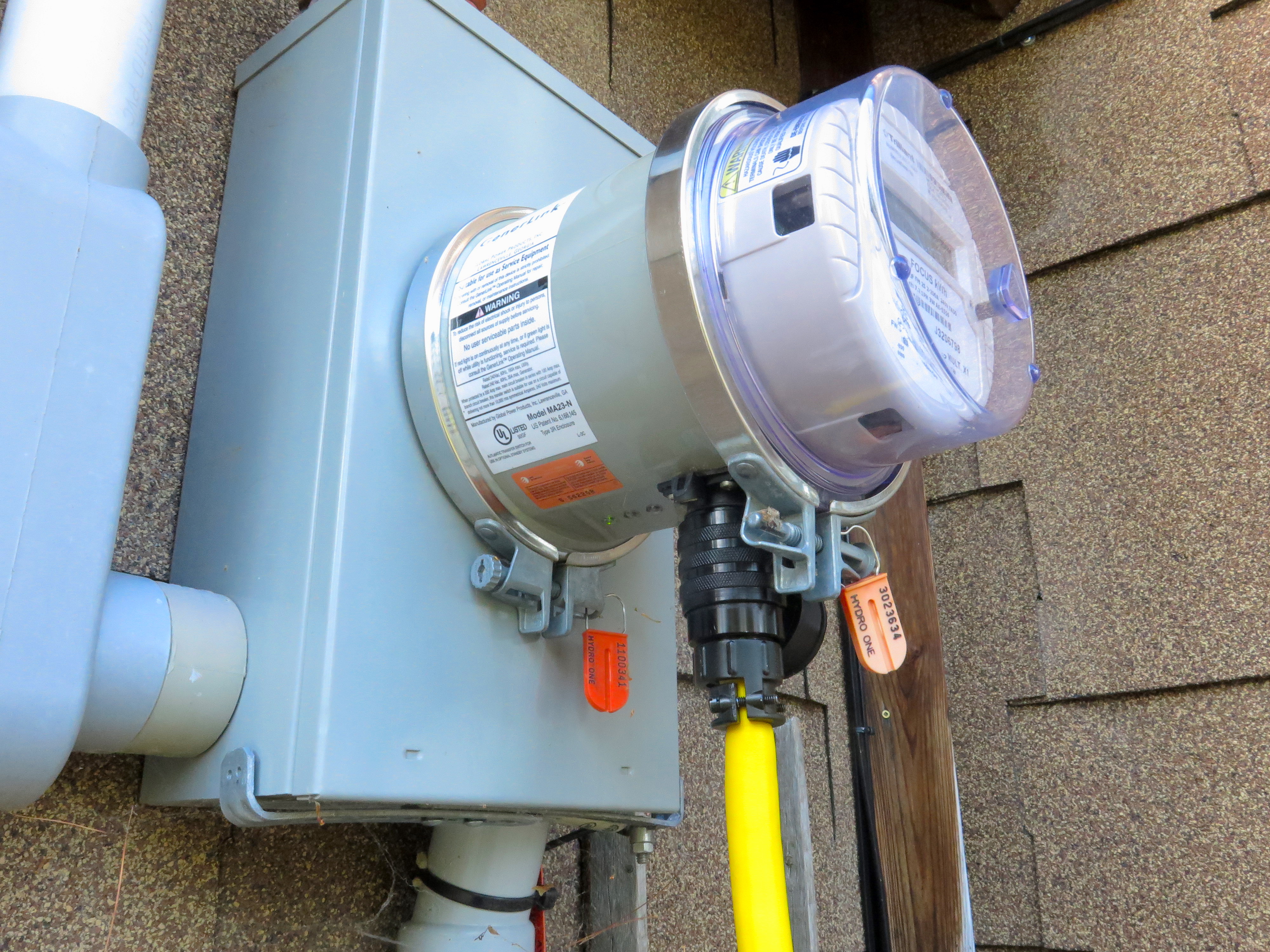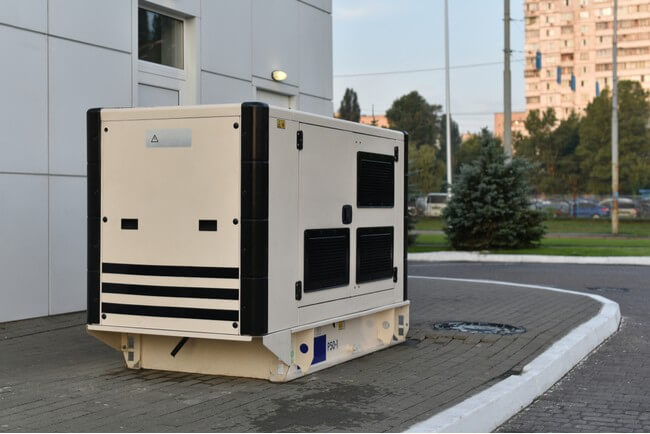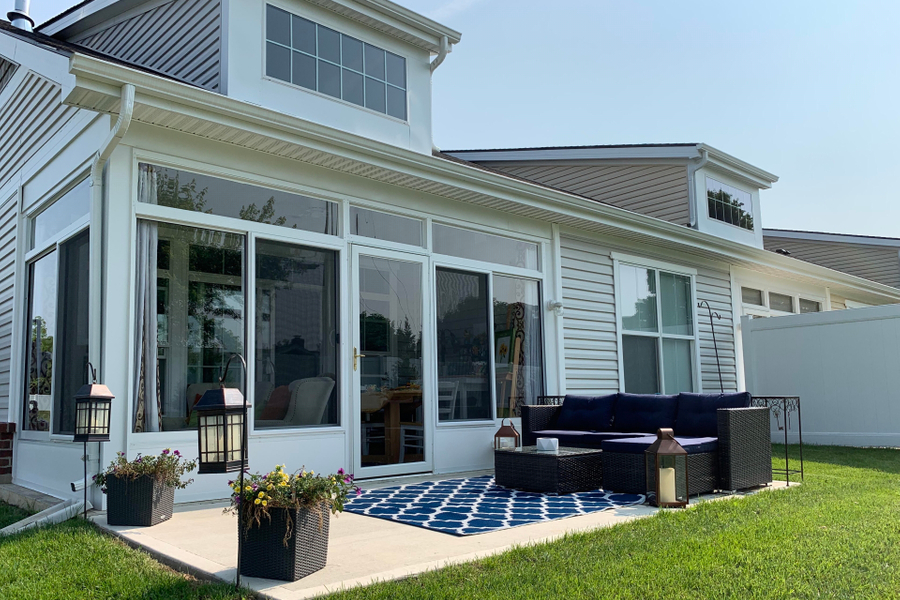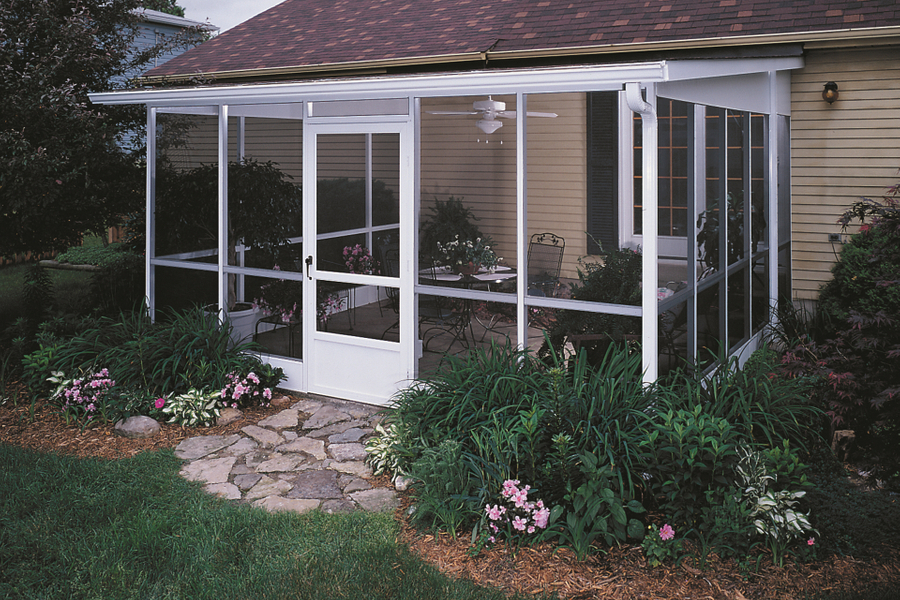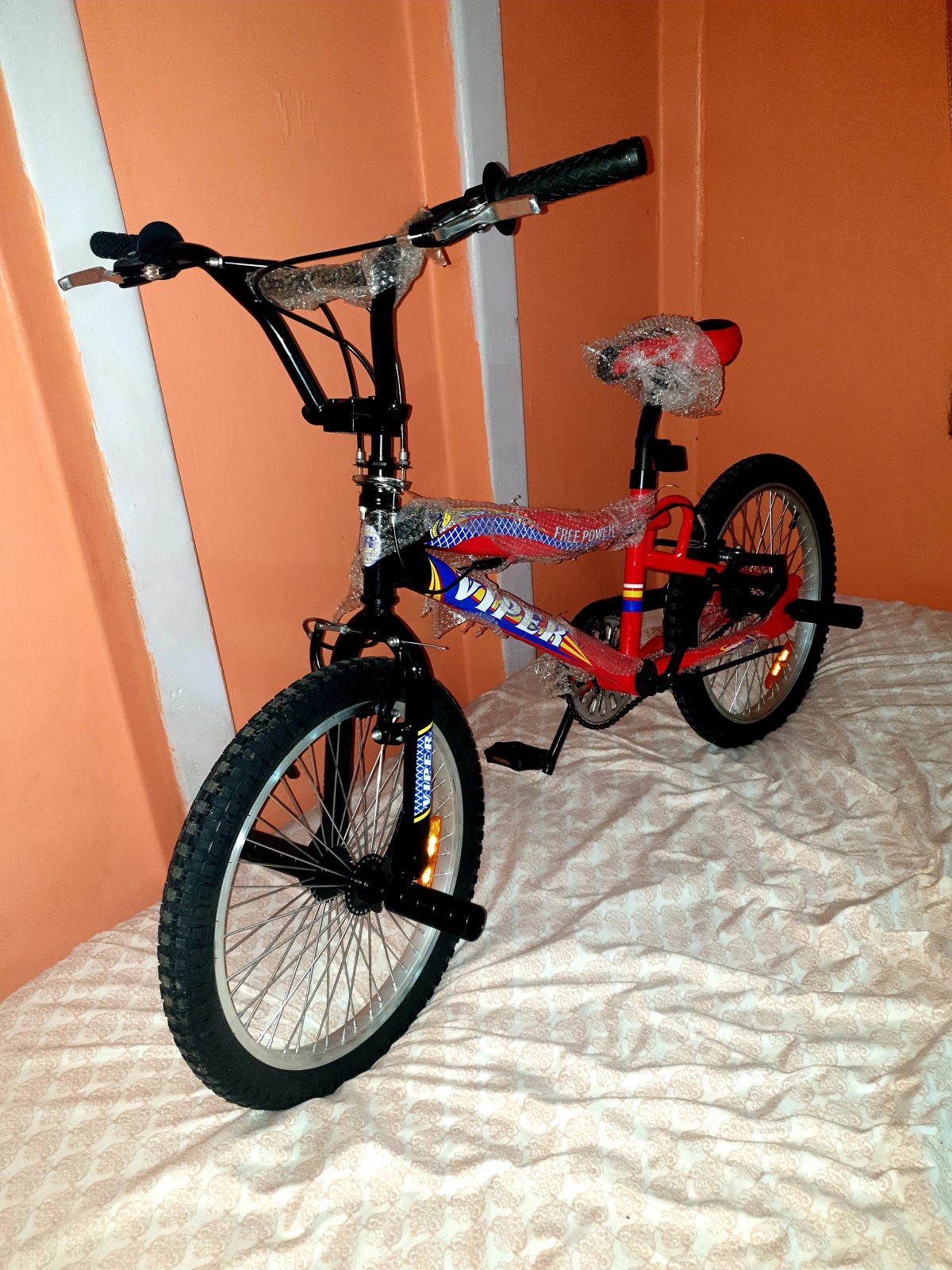Table of Content
This is one of the most important things to know about any generator you’re considering. Deane Biermeier is an expert contractor with nearly 30 years of experience in all types of home repair, maintenance, and remodeling. He is a certified lead carpenter and also holds a certification from the EPA. No matter what kind of generator you are looking for Honda has the right model to suit your needs. Choose from Honda’s top rated EU series super quiet generators , our deluxe EM series , the industrial EB series, or our economy EG generators.
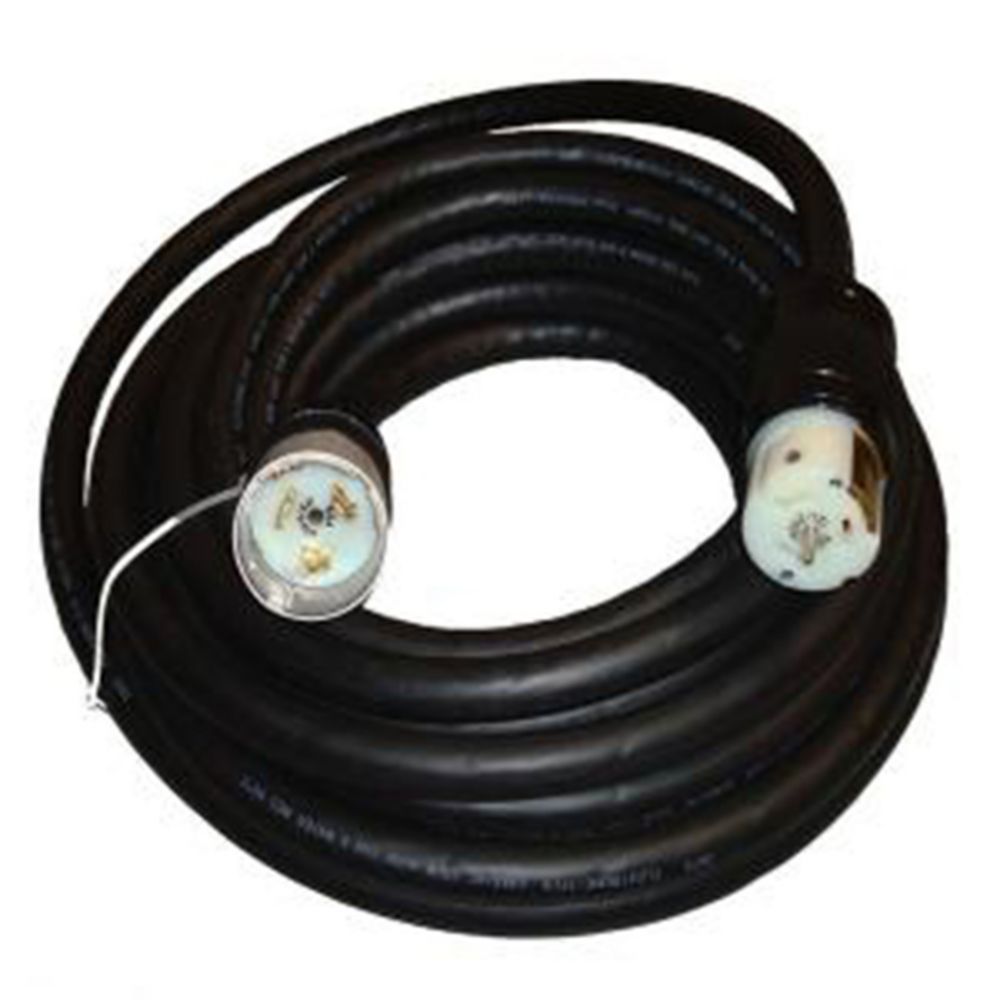
Since these generators, as with most gasoline-powered machines, produce exhaust fumes and carbon monoxide, these should always be used outside your home, where there is adequate ventilation. You also need to take measures to keep gasoline stored properly for long periods of generator inactivity. A fuel stabilizer is one method of ensuring that the gasoline in your generator remains ready for use. Whole house generators install permanently outside of your home so whether you’re using them as back-up when the power goes out or as your main source of power, they’re designed to be ready whenever you need them. Selecting whole house provides a backup generator recommendation based on your home's size and corresponding outlets and lighting requirements and assumes natural gas appliances in the baseline calculation. If your home is an all electric home and includes electric appliances like an electric range, electric clothes dryer, electric water heater, etc.
Typical home generator installation steps
As expected for a bare-bones generator, this model doesn’t have the ability for Wi-Fi monitoring. It also lacks an engine hour meter, but an aftermarket meter can be installed to help you keep up with routine oil changes and maintenance. To make maintenance and repairs easier, three sides of the aluminum enclosure are removable. Many get their first introduction to portable generators when they need emergency power. But portable generators have many uses around the home and on the job site.

Portable generators are best suited for temporarily powering an appliance or two and smaller tools, or electric-powered items, like fans or lights. (See "Fuel Source," above.) For this reason, it’s crucial that you never operate a portable generator inside an enclosed space—including your house, garage, or shed. In general, portable generators make life more bearable during short power outages but don’t support all the creature comforts such as a central air conditioning system, water heater, and other large appliances. Inverters are a type of portable gasoline-powered generator that use less fuel and offer quieter operation by constantly adjusting engine speed to power only what's using the energy load. A basic but well-equipped home generator, the Generac PowerPact is an excellent budget buy.
(100%) Amazon Gift Card Generator for All Special Day's
Erica Puisis has been covering home appliances and tools that make everyday life easier. To find the best home generators for this list, she considered factors like power output, size, fuel type, and cooling system. Most of the generators on this list are whole-home generators, but portable and battery generators are included for short-term supplementary power needs. Most portable generators are gasoline-powered and generally, can keep lights on and fridges running, but little more, for several hours. They can't be depended on for longer-term backups such as when you expect power to be out for several days.
Propane is a more affordable fuel and burns “clean”, meaning it leaves much less contamination. Samantha is an editor who covers all topics home-related including home improvement and repair. She edited home repair and design content at websites like The Spruce and HomeAdvisor. She also has hosted videos on DIY home tips and solutions and launched multiple home improvement review boards staffed with licensed pros. In some extreme cases, you may even be able to help provide power to neighbors. If the starting watts are not listed, you can usually multiply the running watts by three.
The Essentials
Their power output and general dependability make them a worthwhile investment, especially if you live in an area prone to power outages. Home generators have the largest power capacity of any type of non-industrial generator and are usually able to provide power to an entire home. While portable generators often average between 3,500 and 10,000 watts, home generators usually have a capacity of 10,000 to 50,000 watts, or even more.
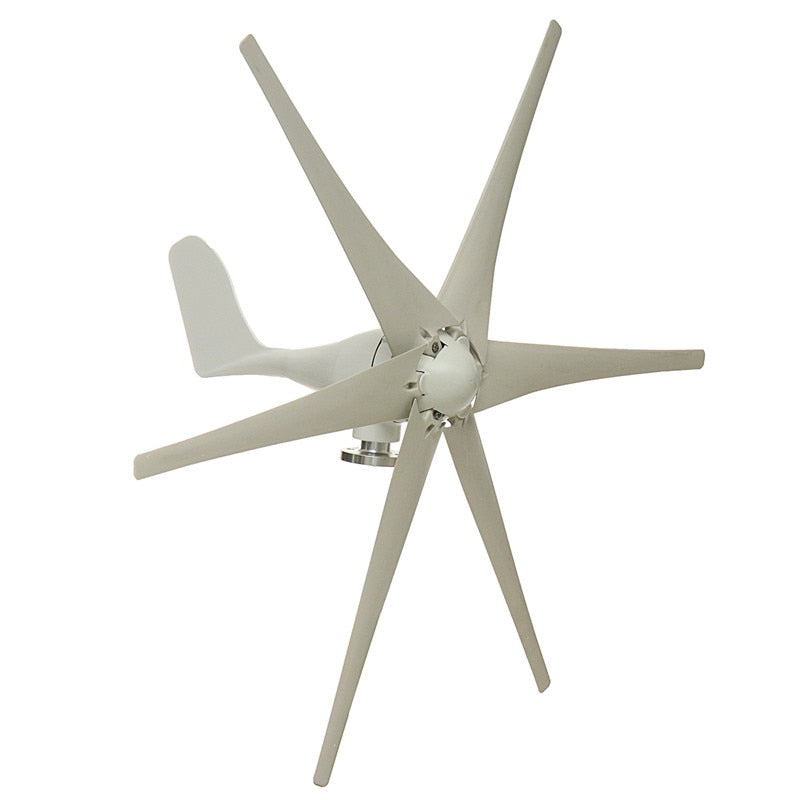
You can use our online home generator sizing calculator to estimate your needs, or consult with a qualified electrical contractor. Generally speaking, a generator should be installed at least 5 feet from windows and doors. Some generators can be installed as close as 18 inches to the house, but you still need the 5 feet of clearance from air intake locations on the house. Some warranties also cover travel costs for a technician to come and service the generator, but this varies by manufacturer and model. The investment you make in a generator is often backed by a manufacturer’s warranty. Most residential portable and inverter generators are protected by a 2- or 3-year warranty period that covers parts and labor.
With a home generator, you don’t have to fuel up during emergencies or run long extension cords in the middle of the night or in pouring rain. Instead, the generator will automatically kick on to immediately take over powering your home. Your Cummins home standby generator stands ready to keep your home powered in the event of an outage.

We strongly recommend that a transfer switch be installed by a professional electrician. We researched dozens of generators, considering size, wattage, fuel source, battery life, and maintenance. Our top overall pick, theGenerac Guardian 24kW Standby Generator , is Wi-Fi enabled for easy monitoring and is one of the largest air-cooled generators on the market. The Briggs & Stratton 12,000 Watt Generator packs quite the punch for a narrow footprint unit and ships at a solid price. Though one of the smallest generators on our best-of list, this product delivers a solid 12,000 watts and comes in as one of the best ranked generators by customer reviews.
The average U.S. home needs a minimum of 5,000 to 7,500 watts to run a house, so common home generator power capacities begin at 10,000 watts and go up from there. With the generator placed immediately outside of your home, you should also consider the noise level, measured in decibels . Most generators on our list average 60 to 70 dBs, for reference, a vacuum cleaner is typically approximately 70 to 80 dBs. Smaller home generators are allowed as close as a minimum of 18 inches from an exterior wall, though you should always check local codes as they may differ from the NFPA’s standards.
It offers the most power of all residential air-cooled generators and can be remotely monitored using Generac's Mobile Link Monitoring System. For a budget-friendly option, consider the Generac PowerPact 7,500 Watt Generator. Power output is significantly reduced, but it can keep up with essential items in the event of a power failure.
It also offers Wi-Fi capabilities so you can keep tabs on the unit’s operation from anywhere. The average U.S. home needs a minimum of 5,000 to 7,500 watts to power the critical electrical needs. For this reason, standby generators usually provide between 9kW and 20kW.
A transfer switch, connected to your home's power box, automatically changes the power source from the electric utility to your backup. The system is designed to detect when the generator starts so your home can use its energy. The switch then disconnects your home from the power grid and supplies power from your generator to designated circuits in your home. This process happens seamlessly if your generator has an automatic start , which engages the machine after it detects an absence of power from the electric company grid.
Detailed Features and Comparison of Experts Recommended Best Portable Generator For Home Reviews
The research team offers their experience and accurate reviews of on the internet. They took into account quality, features, price, and more while conducting their thorough evaluation of each Portable Generator For Home. The research team noted which companies excelled and which failed based on their findings. National Fire Protection Association codes allow smaller generators to be a minimum of 18 inches from an exterior wall, but you should check local codes as they may have more specific requirements. Professional installers should know the local codes and help you plan the optimal placement for your generator as well as pull any necessary permits. Portable generators should not be set-up in an indoor space, nor should they be placed near air conditioners or open windows, as the carbon monoxide exhaust can be deadly in enclosed spaces.

As a general rule, the more power capacity, the larger the generator. Whole house generators typically have even higher power capacity than stand-by generators with power capacities ranging from 22 to 48kW. These generators feature larger, more powerful and often liquid-cooled engines so they can run for significantly longer without maintenance needs or overheating. Air-cooled generators will often not work as well for longer-run, whole house applications because the cooling is not as efficient—units are more likely to overheat and shut down automatically. While the Champion 14-kW aXis generator is one of the most expensive whole house generators on our list, it includes excellent features to help it stand apart from its competition.






